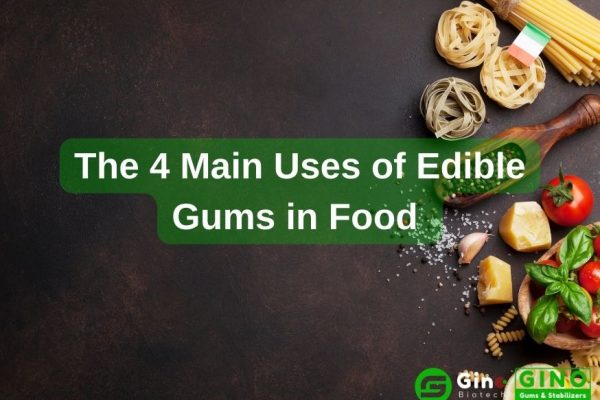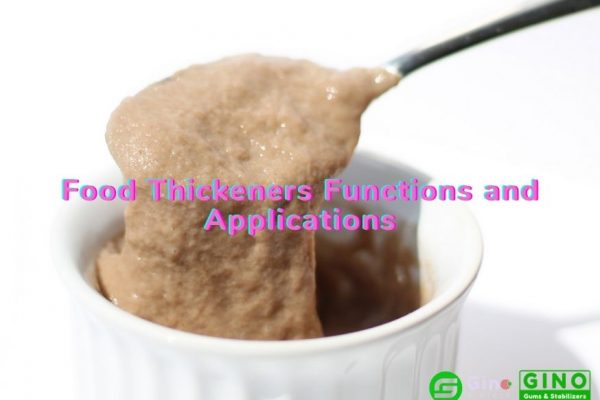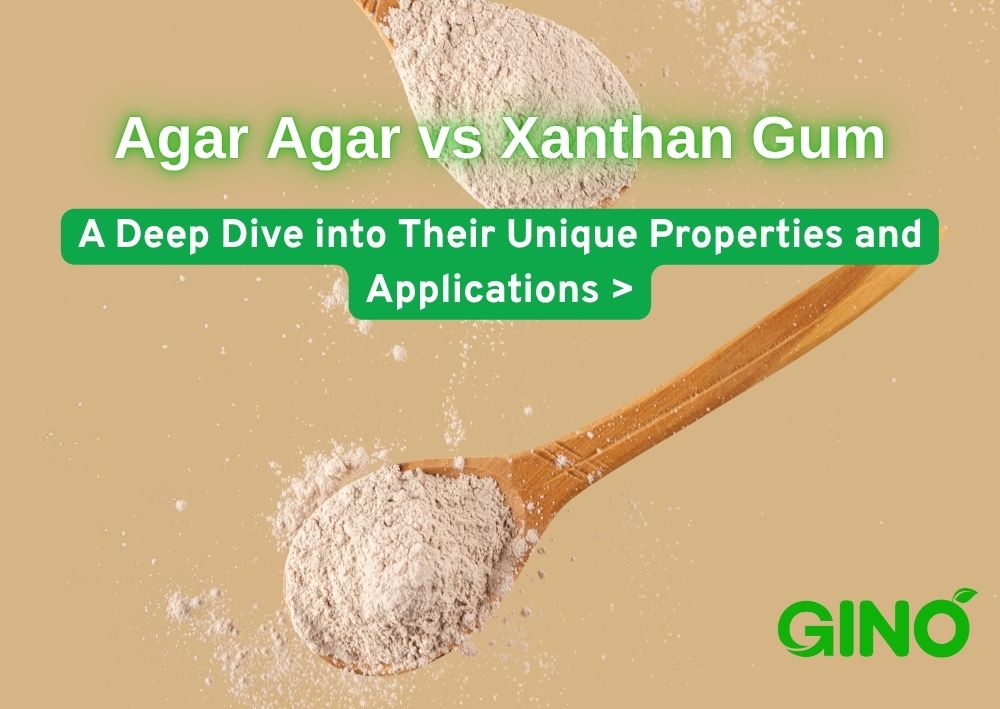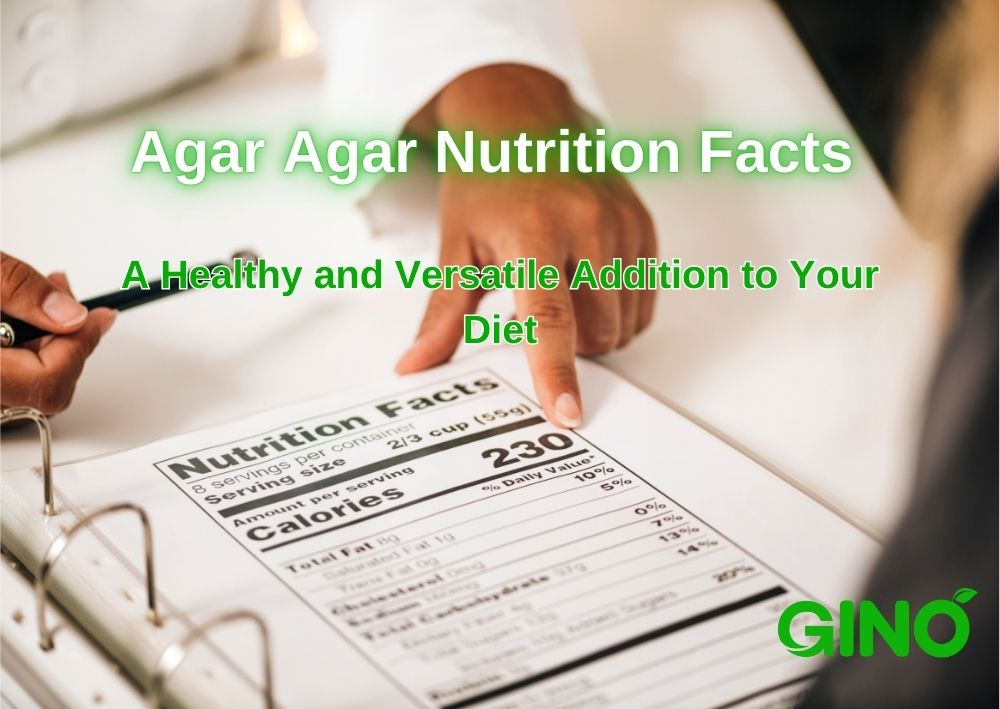For over 10 years, Gino Biotech has been a major supplier of food hydrocolloids. With our variety of plant-based gums & stabilizers, we can create tailor-made hydrocolloid solutions perfectly matched to the needs of our customers. READ MORE
Hydrocolloid Sources and Roles | 6 Common Food Hydrocolloids
Hydrocolloid Sources - Table of Contents
Facebook
Twitter
LinkedIn
Hydrocolloid Sources and Roles
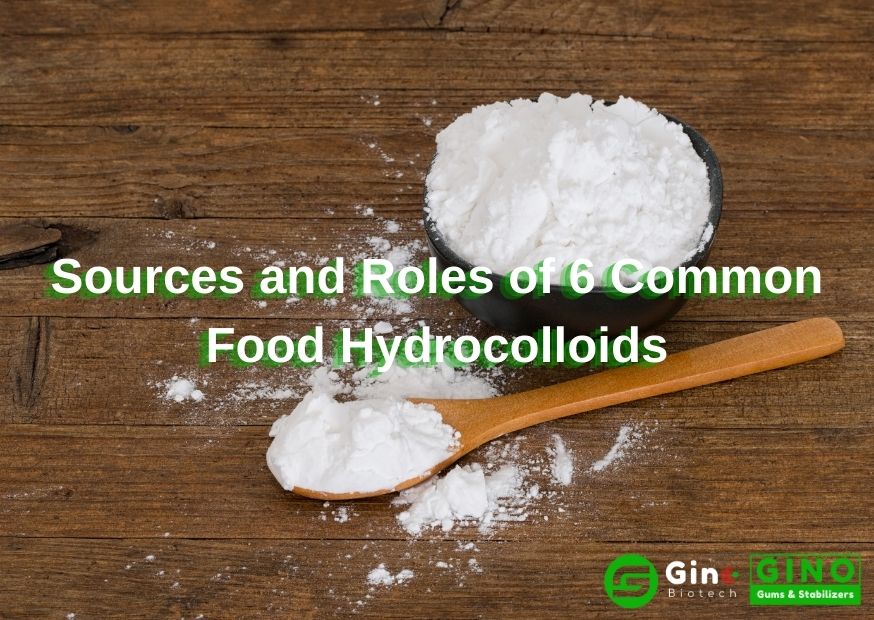
The application of hydrocolloids can be traced back to ancient Egypt, with the continuous development and progress of social production, more and more hydrocolloids are used in the food and pharmaceutical fields.
So far, there are more than 60 types of hydrocolloids available for the food industry in the world, and their sources and distribution are very wide.
The following is a brief introduction to 6 common food hydrocolloid sources and roles.
1. From Marine Plants - Carrageenan
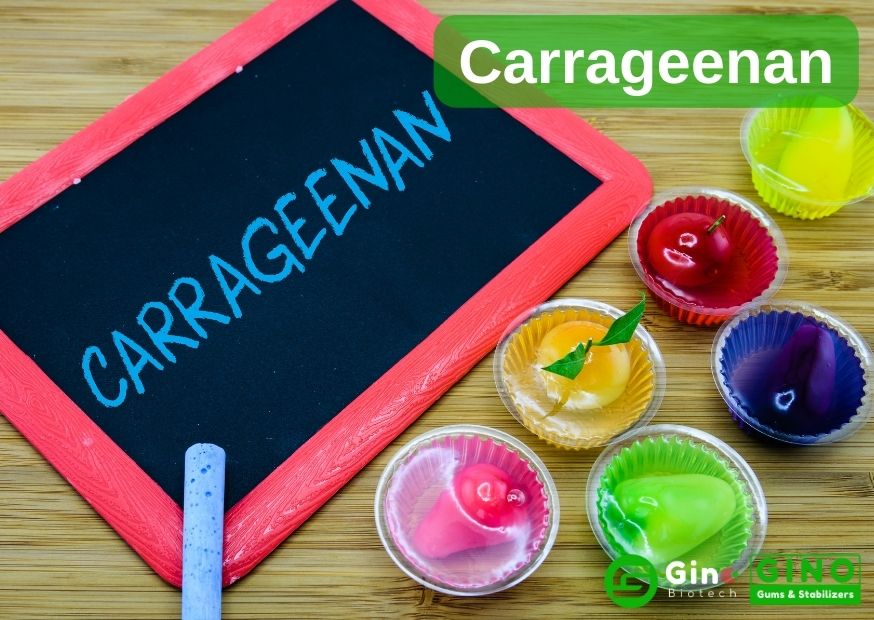
Carrageenan can react with the polar part of proteins (amino acids) and combine the water-soluble proteins, salt-soluble proteins and other proteins added later in the gel system more effectively, plus the water retention effect of carrageenan, thus maximizing the retention of taste and smell molecules in meat products, making them tender, juicy, elastic and chewy
2. From Microbial Fermentation - Xanthan Gum
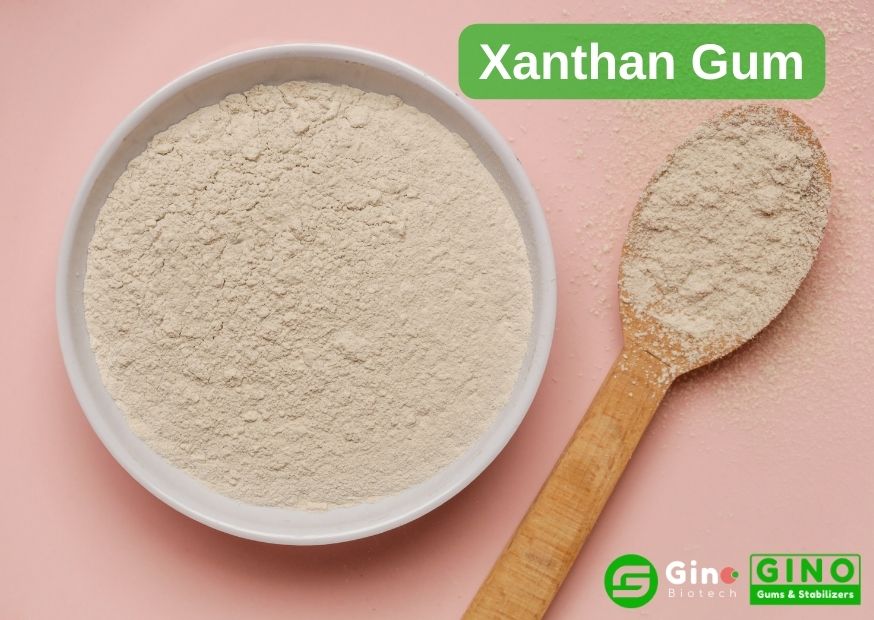
3. From the Tubers of the Konjac Plants - Konjac Gum
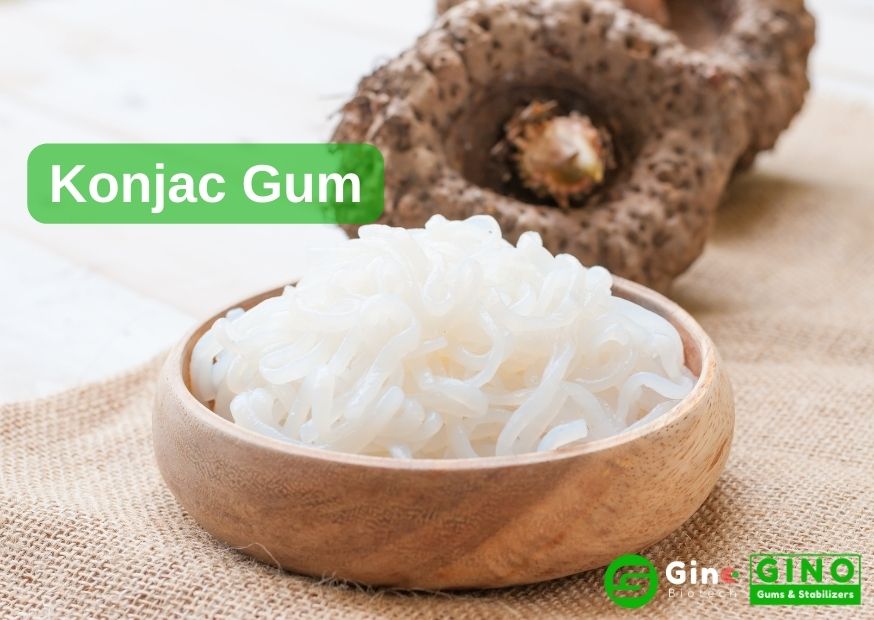
4. From Fruit Peel - Pectin
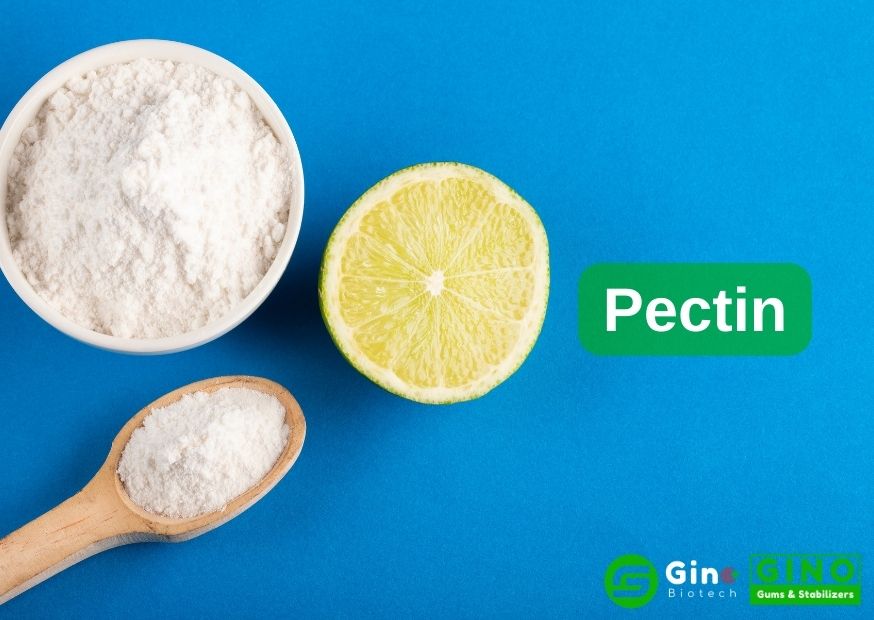
Pectin is widely used in the food industry for its good gelation, thickening and stabilization properties.
(1) As a gelling agent, it can be used in the production of jams, jellies, gummies, etc;
(2) As a stabilizer, it can be used in the production of pectin chocolate drinks and acidic milk drinks;
(3) Pectin also has good properties of anti-diarrhea, anti-cancer, weight loss, lowering blood sugar and cholesterol, so it is usually used in the pharmaceutical industry to make hemostatic agents, plasma substitutes, toxic metal antidotes, etc.
5. From Plant Seeds - Flaxseed Gum
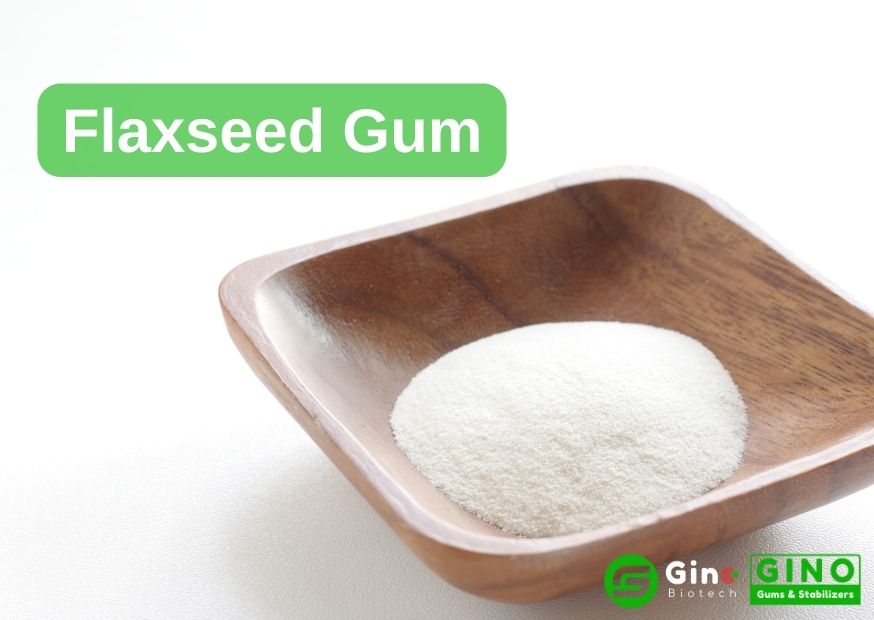
6. From Animal Skin or Bone - Gelatin
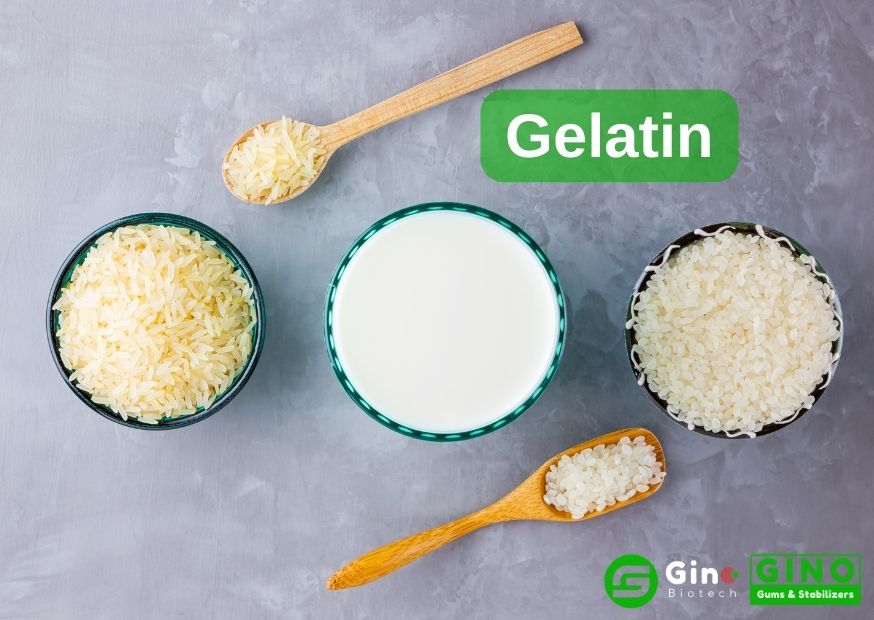
Above is a brief introduction to the 6 common food hydrocolloid sources and roles, if you are interested in the above hydrocolloids please contact our sales staff.
Recent Posts
About Gino Biotech

We are a biotech company specialized in the research, development and commercialization of innovative and technological food additives hydrocolloids Agar Agar, Carrageenan and Tailor-Made Stabilizer Solutions.
With the extended know-how and experience in the research, application and use of Hydrocolloids, we could provide one-stop-shop customized solutions perfectly matched to the needs of our customers.
Our products cover the needs of the Meat, Dairy, Bakery, Confectionery and other industrial sectors.



